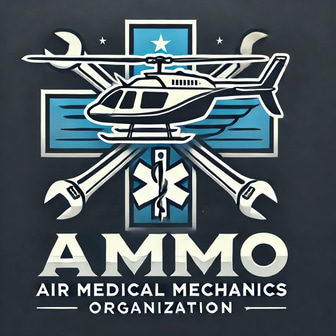Disclaimer: The information provided is for general informational and educational purposes only. Nothing contained herein shall be construed as guidance for, or a basis of, compliance of any regulatory or certification standards. This information must not be used as the sole basis for the certification, inspection, repair, modification, or return to service of any aircraft, product, or component. Users are responsible for consulting appropriate, approved technical data, regulatory authorities, before performing any maintenance, modification, or return-to-service actions.
Propeller Certification and Airworthiness Standards
Propellers play a critical role in aircraft performance, safety, and efficiency. The FAA provides detailed guidance on propeller design, certification, and maintenance to ensure compliance with regulatory standards. The following advisory circulars (ACs) cover key aspects of propeller certification and operational safety.
General Propeller Maintenance and Inspection
These advisory circulars provide guidelines for the safe operation, maintenance, and inspection of aircraft propellers.
AC 20-37E Ed Update - Link
This advisory circular provides updated guidelines for the installation, maintenance, and repair of aircraft propellers. It includes recommendations for routine inspections and troubleshooting techniques to maintain operational integrity.
AC 20-66B - Link
This circular covers the procedures for handling and maintaining metal propellers, including damage assessment and corrosion control. It provides detailed maintenance recommendations to enhance propeller longevity and airworthiness.
Propeller Certification Standards
These ACs establish certification requirements for propeller strength, durability, and safety.
AC 35.4-1 - Link
This document outlines the FAA’s requirements for propeller certification testing. It ensures compliance with performance and safety benchmarks, including endurance testing, material integrity, and aerodynamic performance.
AC 35.23-1 - Link
This circular provides guidance on the operational limitations and control systems of aircraft propellers. It focuses on performance evaluation, control responsiveness, and failure mitigation strategies.
AC 35.16-1 - Link
This advisory circular defines safety and reliability standards for propeller fatigue life. It ensures that propeller materials and components can withstand repetitive operational stresses over extended use without failure.
© 2024. All rights reserved.
Disclaimer: The information provided by the Air Medical Mechanics Organization (AMMO) is for general informational and educational purposes only. It has not been reviewed, approved, or accepted by the Federal Aviation Administration (FAA), any Organization Designation Authorization (ODA) holder, Type Certificate (TC) holder, Supplemental Type Certificate (STC) holder, or any aircraft or component manufacturer.
Nothing contained herein shall be construed as guidance for, or a basis of, compliance with FAA regulations, manufacturer-approved data, type certificate or supplemental type certificate requirements, or any other regulatory or certification standards. This information must not be used as the sole basis for the certification, inspection, repair, modification, or return to service of any aircraft, product, or component.
Users are responsible for consulting appropriate, approved technical data, regulatory authorities, and manufacturer guidelines before performing any maintenance, modification, or return-to-service actions. AMMO assumes no liability for the use or misuse of any information provided
